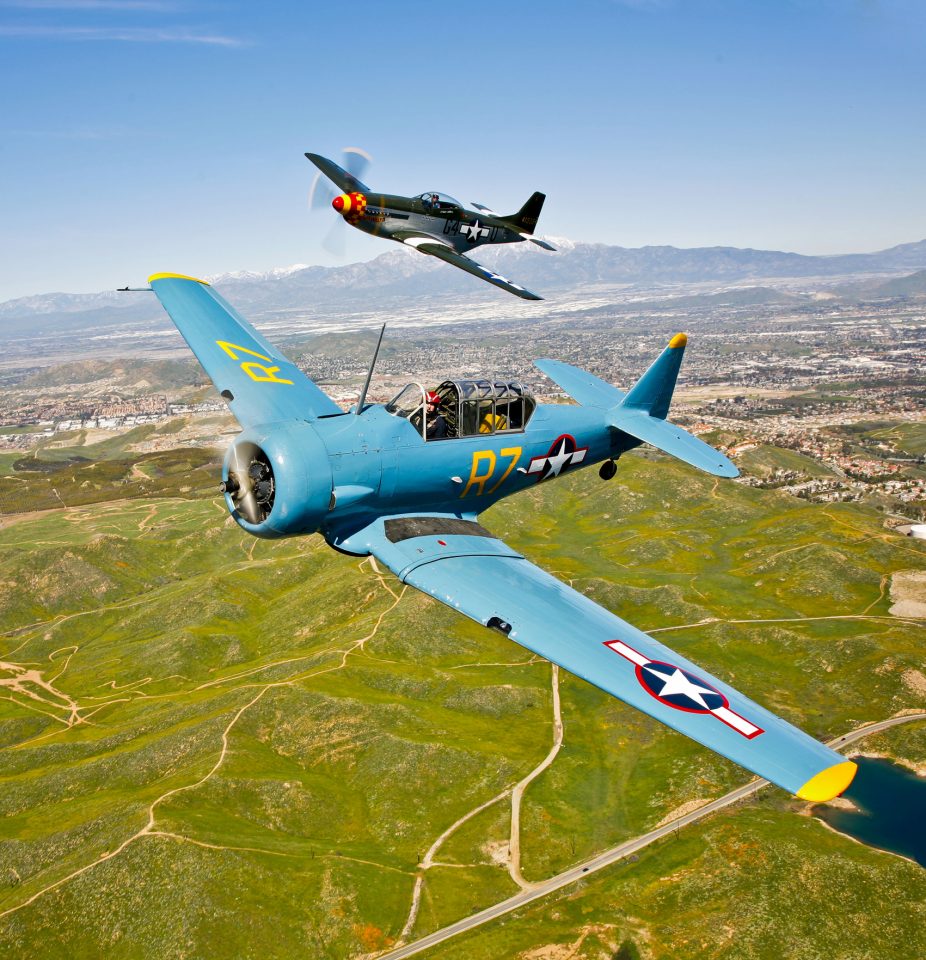
Aviation history is filled with examples of aircraft that introduced new technology and paved the way for flight as we know it today. From the first wood-and-fabric biplane to modern homebuilt and experimental designs, here’s a closer look at a few of the amazing aircraft that changed the face of aviation.
Wright Flyer
The 1903 Flyer was the world’s first successful powered heavier-than-air flying machine. The Wright Brothers spent years conducting research and development to produce the Flyer, establishing the basic foundations of modern aeronautical engineering in the process. While the Flyer’s first flight only lasted only 12 seconds, the fourth flight lasted 59 seconds and proved that the Wrights’ aircraft was a true success.
Supermarine Spitfire
Perhaps the most famous plane of WWII was the Supermarine Spitfire. The propeller-driven aircraft had an instrumental role in helping the Allied forces secure air superiority over Britain and was the preferred fighter among pilots. With a high-performance 1,000-horsepower Rolls-Royce Merlin V-12 engine and innovative elliptical wing design, the Spitfire offered a winning combination of speed and maneuverability. During WWII, the Supermarine Spitfire was produced in greater numbers than any other British aircraft. Today, only about 50 Spitfires are considered airworthy.
Lockheed SR-71 Blackbird
Developed in secrecy in the 1960s by Lockheed and its experimental Skunk Works division, the SR-71 Blackbird holds the world record for the fastest air-breathing manned airplane, a record it achieved back in 1976. With stealth characteristics and incredible high-speed and high-altitude capabilities, the SR-71 was used by the U.S. Air Force to complete strategic reconnaissance missions. The Air Force officially retired the SR-71 in 1998, but NASA used two remaining Blackbird aircraft as testbeds for high-speed and high-altitude aeronautical research until 1999.
Piper Cub
Affordable, simple, and fun to fly, the bright yellow Piper J-3 Cub is widely considered an icon of general aviation. First introduced in 1938, the tandem seat taildragger was intended for flight training for the Civilian Pilot Training Program. It’s estimated that by the end of WWII, 80 percent of all U.S. military pilots received their initial flight training in a J-3. Today, the Cub is still a popular choice among bush pilots and light-sport pilots. The classic design has even been reimagined by modern manufacturers to provide increased horsepower and high performance capabilities.
Rutan Voyager
Like most great ideas, the one-of-a-kind Rutan Voyager aircraft was first sketched out on a napkin over a casual conversation with friends. Designed by Burt Rutan and piloted by Dick Rutan and Jeana Yeager, the Voyager made history in 1989 when it became the first aircraft to circumnavigate the globe without stopping or refueling. Made from lightweight, durable composite materials, the Voyager was powered by separate Continental engines and two custom-designed Hartzell propellers, one forward and one rear-facing. The successful non-stop flight covered a total of 24,986 miles in 9 days, 3 minutes, and 44 seconds, setting a world record that remains unchallenged today.
RV-3
In the early 1970s, a young engineer and pilot named Richard VanGrunsven set out to design an aircraft entirely from scratch. His original homebuilt aircraft, the RV-3, was an instant success, offering a combination of speed, aerobatic abilities, and STOL capabilities. Soon, VanGrunsven founded Van’s Aircraft, Inc., selling the plans and parts for his popular aircraft design. Since then, the affordable, fun-to-fly aircraft has earned legendary status in the kit-building community. Today, the RV series ranges from the RV-3 to the newest RV-14 with side-by-side seating. According to Van’s Aircraft, there are about 1.5 RVs completed each day.
Cirrus SR-22
The Cirrus SR-22 has been the best selling single-engine, four-seater aircraft since it was first introduced in 2001. The propeller-driven aircraft features a sleek, composite construction and is fitted with an airframe ballistic parachute, a parachute system that works on the entire plane. Since its debut, the Cirrus parachute system has saved more than 100 lives.
These are just a few of the many aircraft that have had a profound impact on aviation over the years. Do you have a favorite to add to the list?